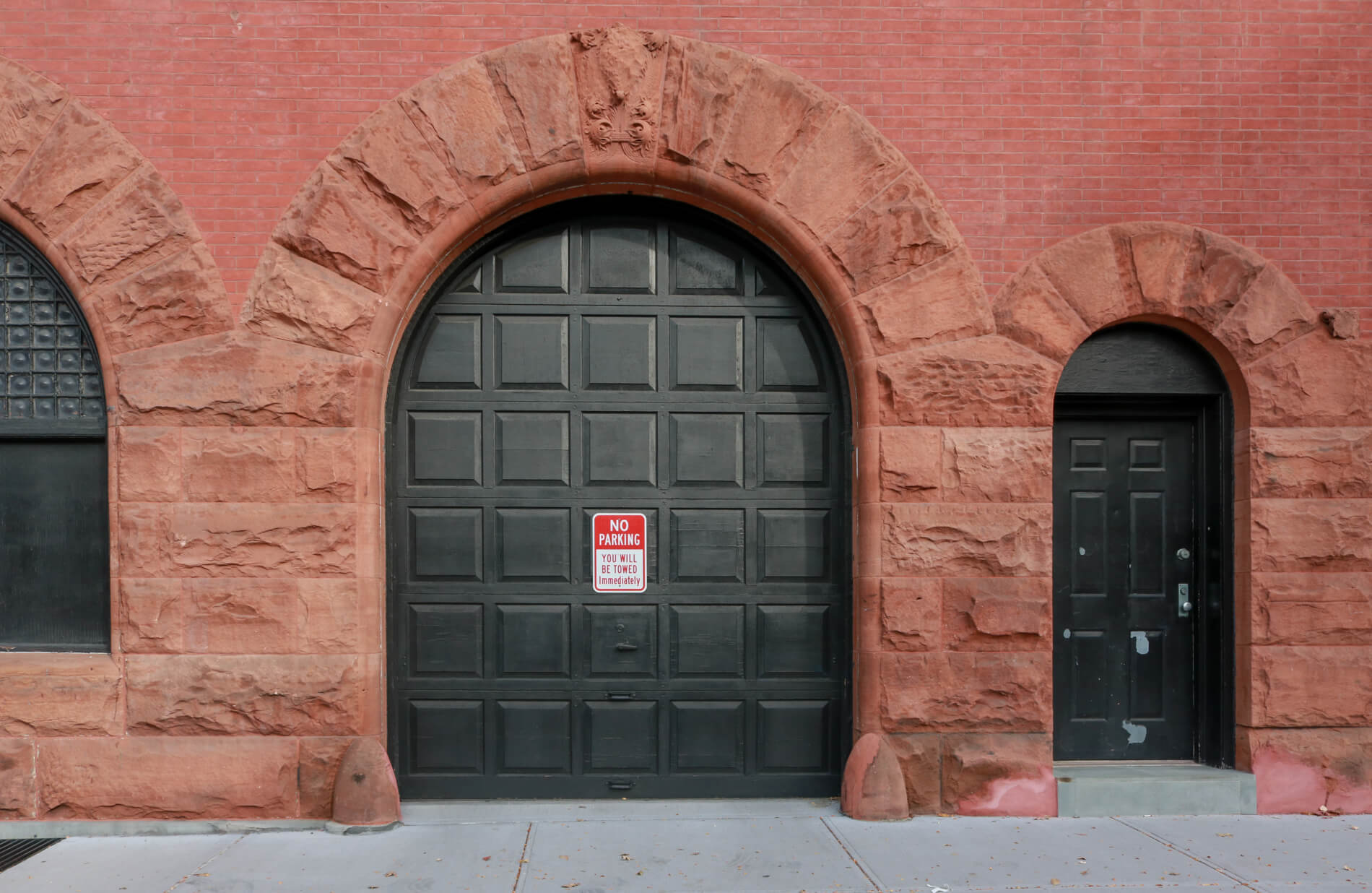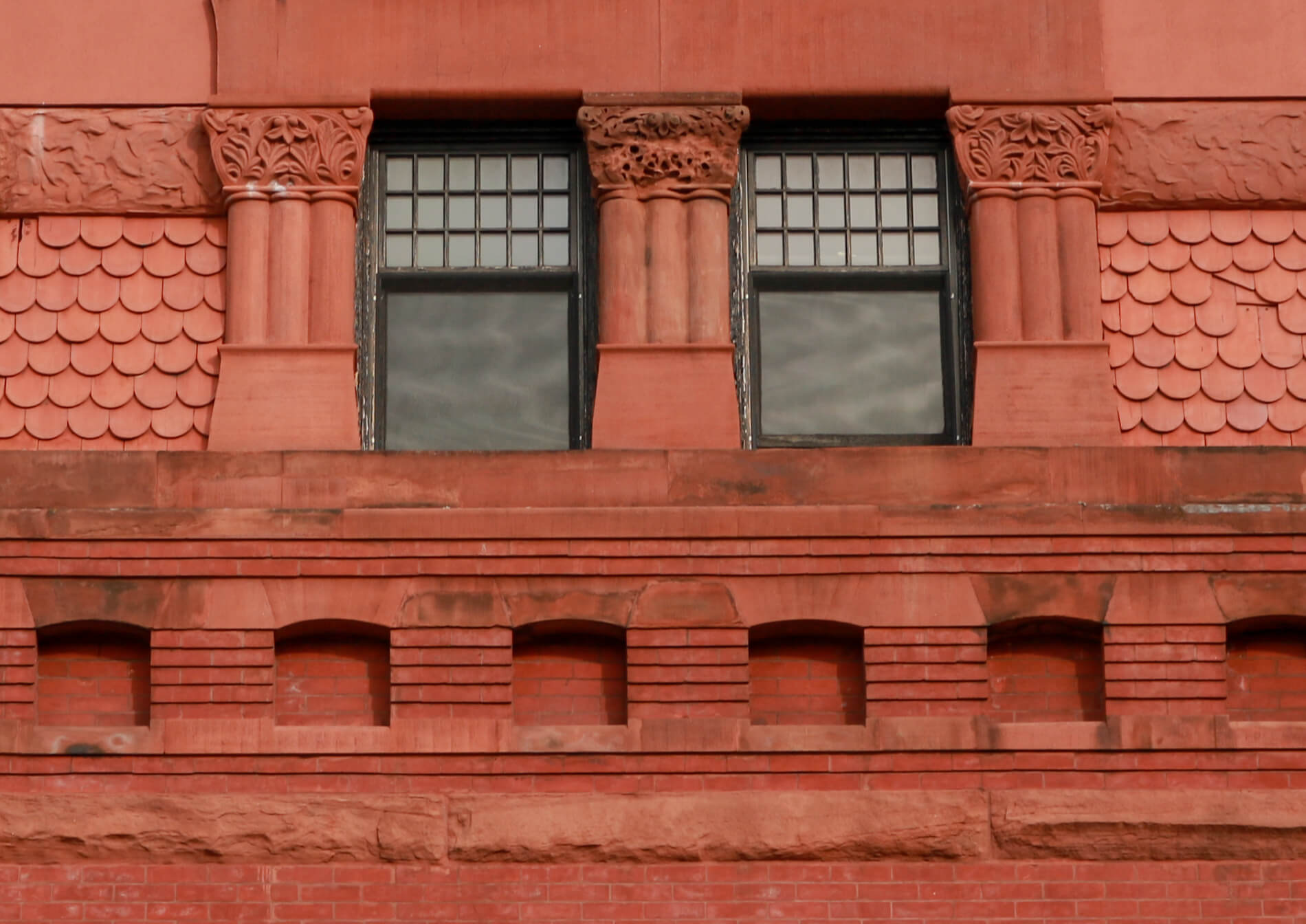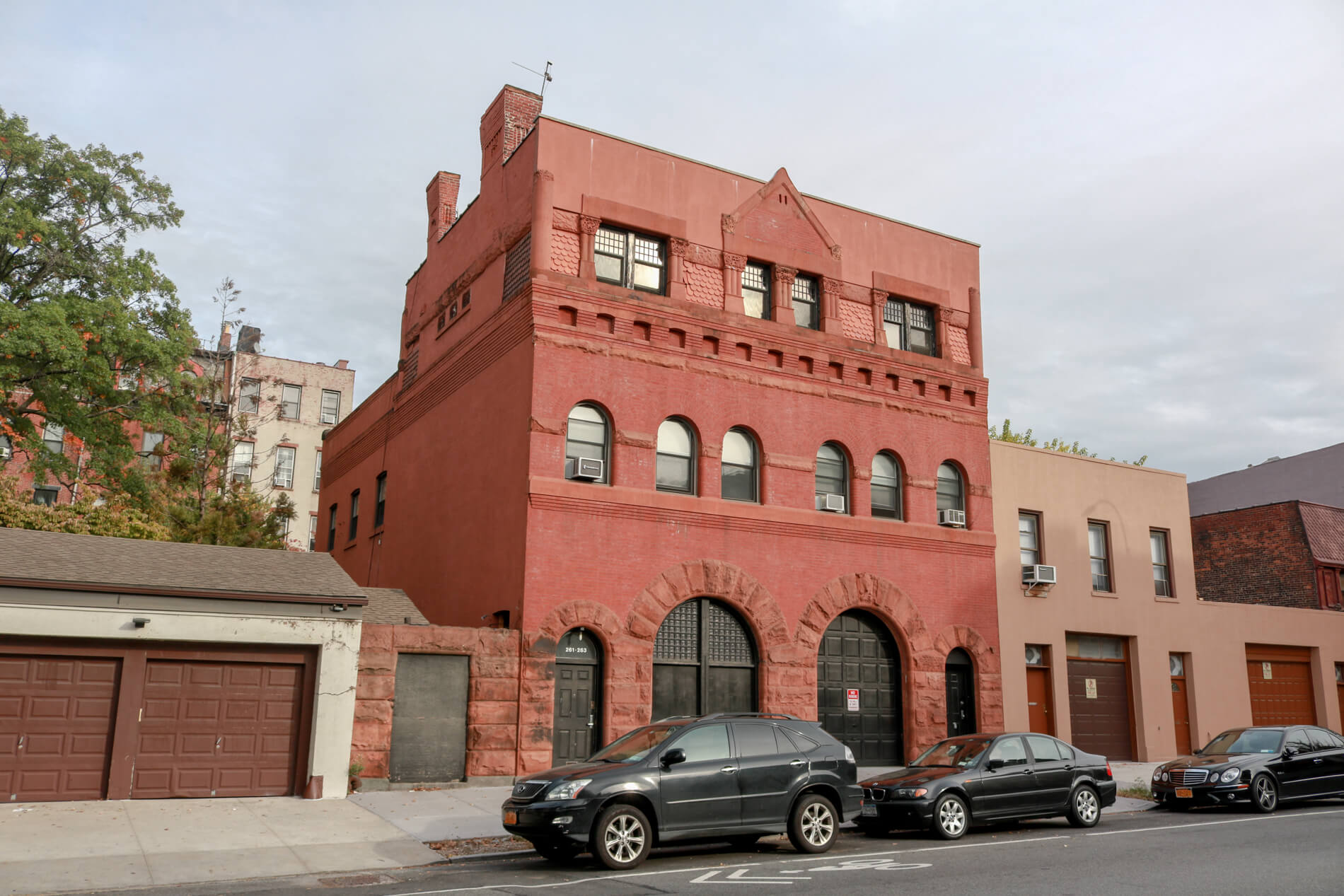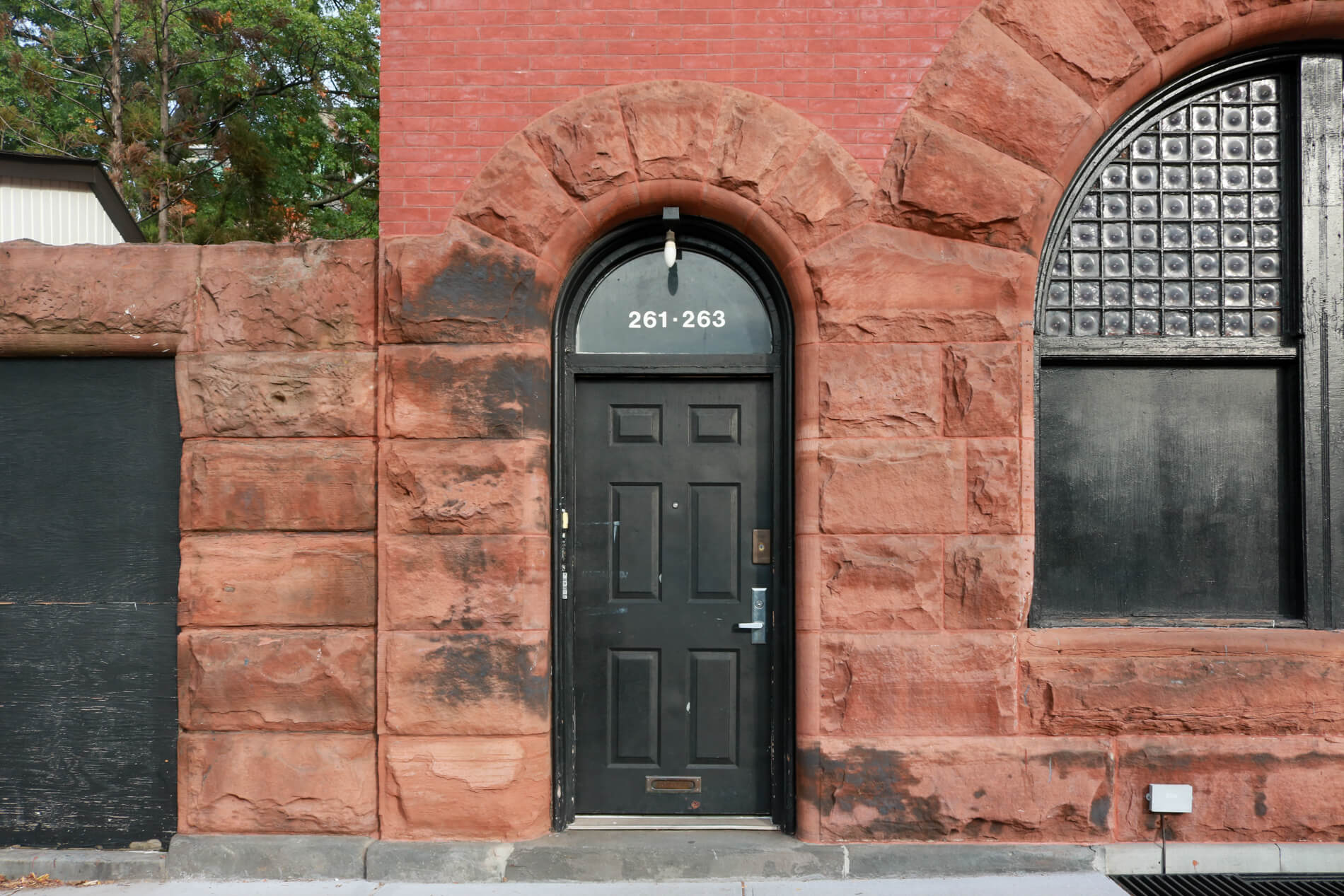A Fortress for Horses on Vanderbilt Avenue
While the mention of a Brooklyn stable might conjure up the vision of a quirky and picturesque carriage house, not every house for horses was a simple little structure.

While the mention of a Brooklyn stable might conjure up the vision of a quirky and picturesque carriage house, not every house for horses was a simple little structure — some made imposing architectural statements of their own.
This includes the Charles Pratt stable at 261 Vanderbilt Avenue, a massive Romanesque Revival-style fortress of brick and stone. The building was designed by Brooklyn architect William Tubby and completed between 1887 and 1890.

The structure’s location behind the residences of Clinton Avenue is an important indication of its original purpose.
By the late 19th century, Clinton Avenue was filling up with grand mansions while the streets on either side — Vanderbilt and Waverly avenues — were used for stables, carriage houses and other service buildings needed to support the large homes.

The particular stretch of Clinton Avenue behind this structure was the location of a number of Pratt family homes. Patriarch Charles Pratt, whose wealth came from oil, built an Italianate brownstone mansion in 1874 at 232 Clinton Avenue, set in the midst of a large garden with a greenhouse and other service buildings.
Four of his sons eventually settled across the street in lavish mansions of their own at 241, 245, 229, and 213 Clinton Avenue, all built between 1890 and 1908.

William Tubby was a popular architect at the time, including with the Pratt family, and he was responsible for the design of one of those family mansions — 241 Clinton Avenue, a splendid Romanesque Revival house finished in 1893, shortly after the stable was completed.
Tubby’s choice of Romanesque Revival for the stable was a fitting one. A signature element of the style — rounded arches — worked perfectly for the large openings that were necessary for the easy entrance and exit of carriages. A structure of this size would have had multiple horse stalls, storage for carriages and their accoutrements, as well as housing for coachmen.
While the building has been altered over time — particularly the upper story — Tubby’s strong design is still easily visible. A closer look shows flourishes of decorative detail such as the ornate capitals of the columns.

Like many stables and carriage houses, it was converted to a garage for horseless carriages by the 1920s. In 1959 it was converted again, this time into a glass factory for the production of thermometers. The factory owners sold the building in 1977 and now, like so many of Brooklyn’s former equine residences, it houses humans.
Although the stable is mentioned in the Clinton Hill designation report in a description of the estate of Charles Pratt, it was not included within the historic district. However, it is included within the Clinton Hill National Register District.
Related Stories
- The Horse That Watches Over Vanderbilt Avenue
- Walkabout: A Stable Existence
- Building of the Day: 241 Clinton Avenue
Email tips@brownstoner.com with further comments, questions or tips. Follow Brownstoner on Twitter and Instagram, and like us on Facebook.





What's Your Take? Leave a Comment